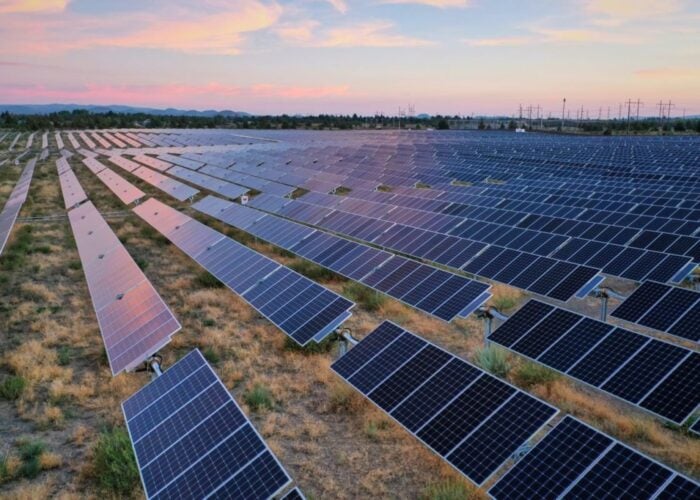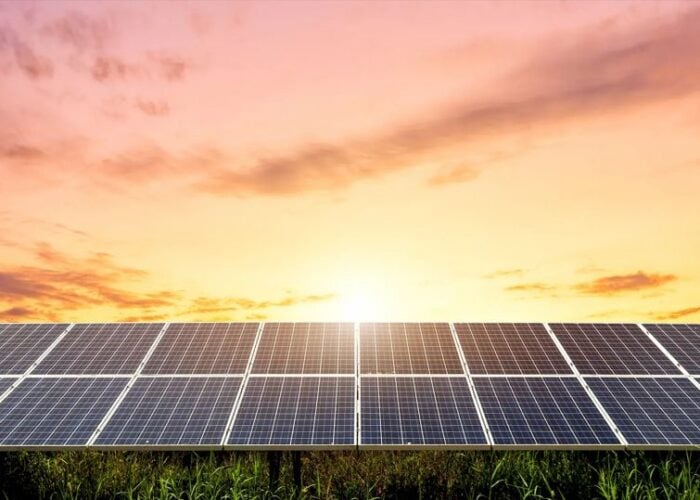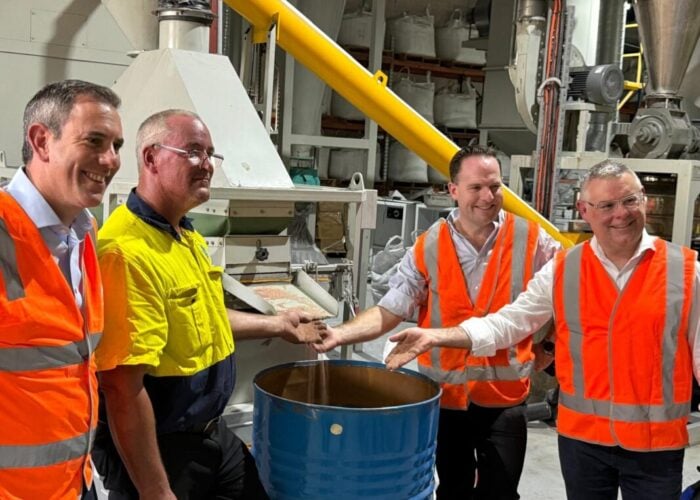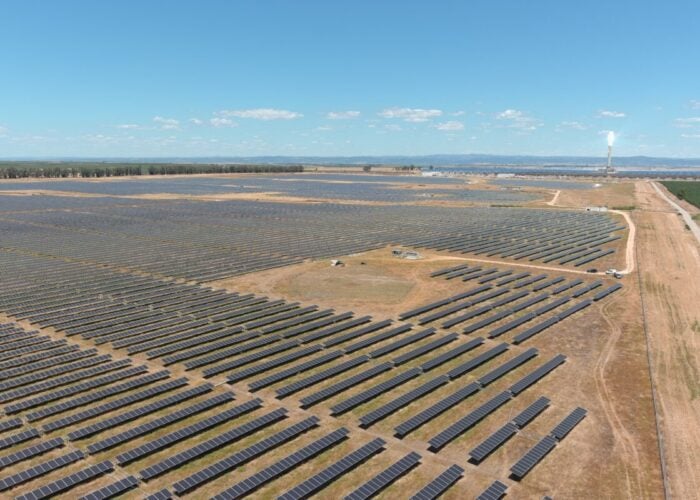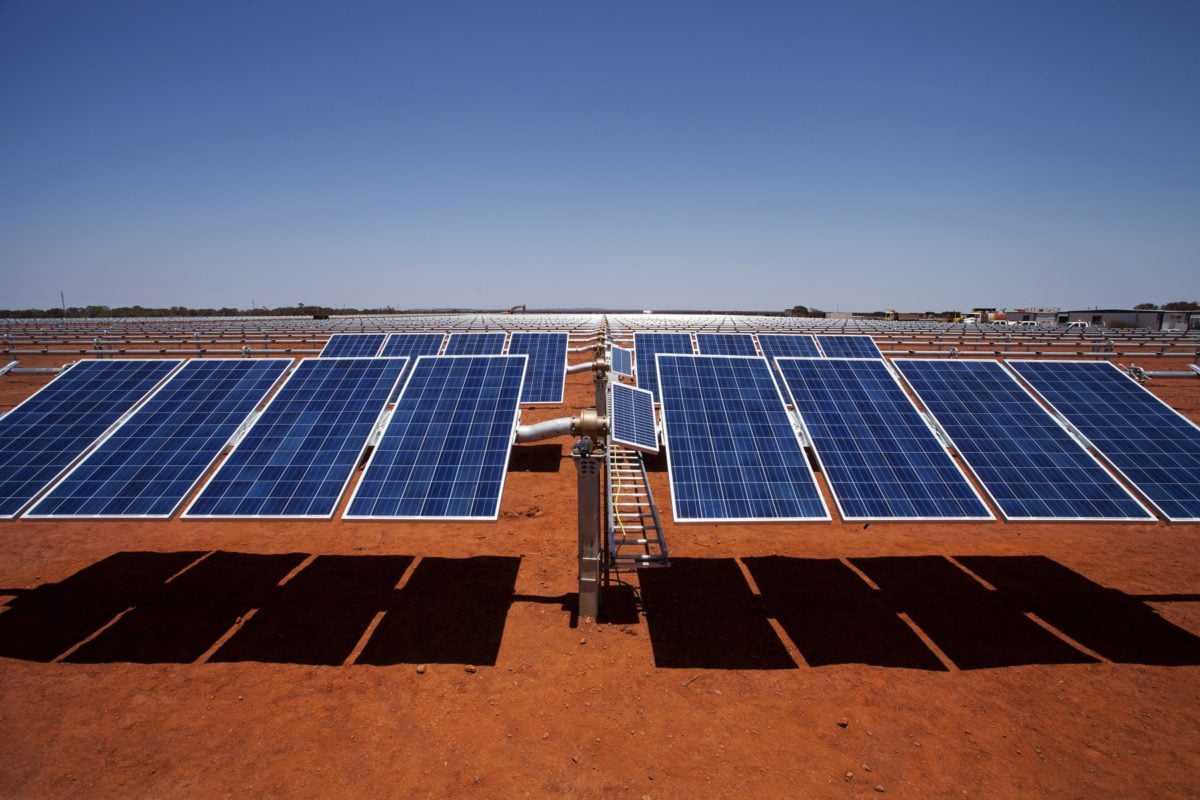
Various analyses have tried to shed light this week on how the COVID-19 crisis will hinder Australian renewables, with talk of financial fallout mixing with claims that larger projects will stay afloat.
Consultants at Rystad Energy had warned in late March that currency volatility could dent global solar growth from 140GW to 126GW in 2020. This week, they offered estimates on what the fallout will be for Australian renewables, specifically.
Try Premium for just $1
- Full premium access for the first month at only $1
- Converts to an annual rate after 30 days unless cancelled
- Cancel anytime during the trial period
Premium Benefits
- Expert industry analysis and interviews
- Digital access to PV Tech Power journal
- Exclusive event discounts
Or get the full Premium subscription right away
Or continue reading this article for free
According to Rystad, only 530MWac of the 1-2GWac of solar it expected to hit financial close this year has done so at this stage and can be expected to start construction. The remainder, the firm believes, may struggle to line up finance as currency swings hurt project economics.
The widening of the US$-AU$ gap – with the latter falling 20% relative to the former since January – means developers lose out as they fund purchases with foreign currency. For Australian utility-scale solar, the result could be capex rising from less than AU$1.3/Wac to nearly AU$1.5/Wac.
According to Rystad, utility-scale PV projects hit by currency troubles in the country will range from UPC Renewables’ New England to Neoen’s Western Downs. The impacts will extend to wind, with only 210MWac of projects reaching financial close so far of the 1.1GWac expected in 2020.
In line with the warnings coming from Spanish solar developers, Rystad believes securing loans may prove tougher. “Securing debt will be an obstacle in the short term, given that cash is now a scarce commodity; financiers are unlikely to lend cheaply,” the firm said.
Size to weather low-price era after upbeat 2019
The ramifications from the COVID-19 pandemic find Australian solar after a reasonably upbeat 2019.
As noted by Rystad, the market witnessed various challenges last year, not least a funding shortage, the lack of long-term targets and the revenue losses from MLF calculations. However, new IRENA stats – seen as conservative – show the country took cumulative PV from 11.3GW in 2018 to 15.9GW in 2019.
Much like in Europe, Australian renewables are having to grapple with a reality of declining power prices. In a separate analysis also out this week, RepuTex consultants noted that dynamic will not affect all green energy segments equally.
“Despite lower prices, we do not expect the medium-term environment modelled here to kill off renewable energy investment, particularly at the largest scale,” RepuTex said, adding that “mega projects” such as Acciona’s 1GW MacIntyre Wind Farm can weather prices below AU$50/MWh.
According to the firm, the impacts from low wholesale prices will be felt more intensely over at the market’s lower end. Smaller projects will be more vulnerable to dynamics including the drop in AU$ value and related higher supply chain costs, the consultants pointed out.
The long-term potential of Australian renewables will stay despite the “hibernation” that is expected over one or two quarters, RepuTex said, adding: “We continue to forecast a total of 6.1 GW of solar and wind to be commissioned over the next two years, along with the contribution of another 1.2 GW of new rooftop photovoltaics.”
PV Tech has set up a dedicated tracker to map out how the COVID-19 pandemic is disrupting solar supply chains worldwide. You can read the latest updates here.
If you have a COVID-19 statement to share or a story on how the pandemic is disrupting a solar business anywhere in the world, do get in touch at [email protected] or [email protected].


